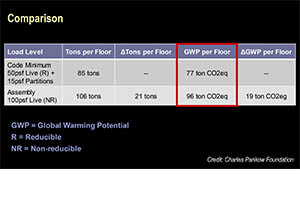BASELine – Fall 2024
Less is More
BASE’s standard of focusing on designing efficient, cost-effective structural systems achieves one of the core tenets of sustainable design: using less materials and resources. Sustainability is a critical component of our design, and we expend extra time and energy to be mindful of a project’s carbon footprint.
Hale Kalele wins national award

We’re proud to serve as engineer of record for Hale Kalele that was recently recognized by the American Society of Civil Engineers (ASCE) as a 2024 Outstanding Civil Engineering Achievement (OCEA) Award winner. The OCEA Award recognizes exemplary civil engineering projects around the country, honors projects which exemplify state-of-the-art engineering skill, and provide considerable contributions to local and regional communities. Hale Kalele won the Bronze Award for its focus on sustainability including incorporating CarbonCure technology that traps carbon dioxide and injects it into the concrete mix, sequestering carbon while reducing the cement content of the concrete.
Material reduction for sustainable design

BASE is part of the SE2050 initiative and is committed to reduction of embodied carbon. As a champion of responsible design, BASE implements strategies to reduce material consumption on all its projects as a first step to reducing Global Warming Potential (GWP). Through the use of spreadsheets and metrics that track material usage across a wide range of projects over the last 10 years, we benchmark our project performance against other similar projects. We also work with local material suppliers and contractors on effective use of high-strength concrete and ease requirements when target strength is required to be achieved such as for columns, shear walls, and foundation elements. We routinely discuss efficient design strategies internally and in various project team meetings to ensure efficiency in design is at the forefront of our march towards reducing GWP.
The low-hanging fruit

BASE is working with the Pankow Foundation and the University of Colorado to re-evaluate building code live load requirements that are overly conservative. By taking a new look at old standards there is an opportunity to reduce GWP of a building by simply removing overly conservative requirements.